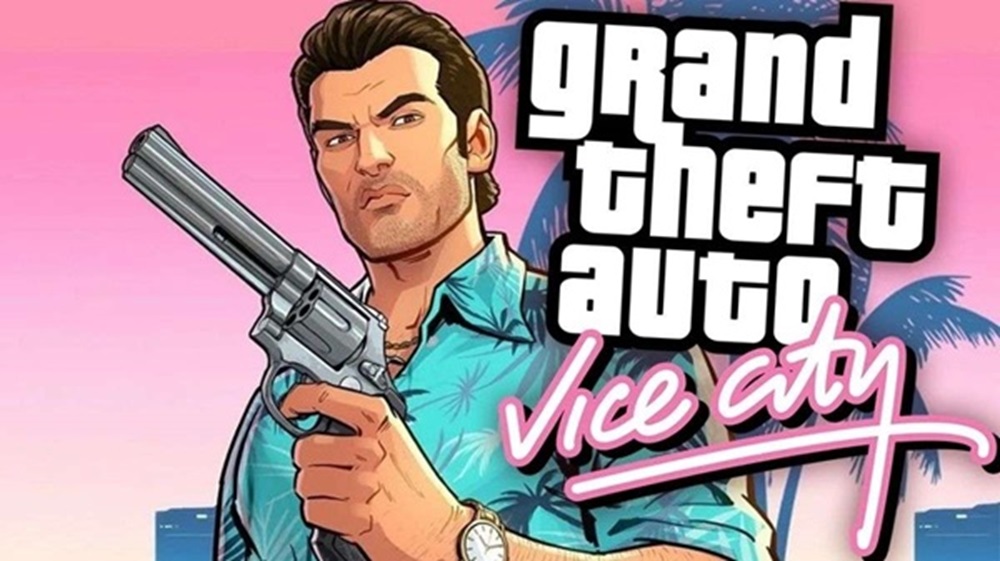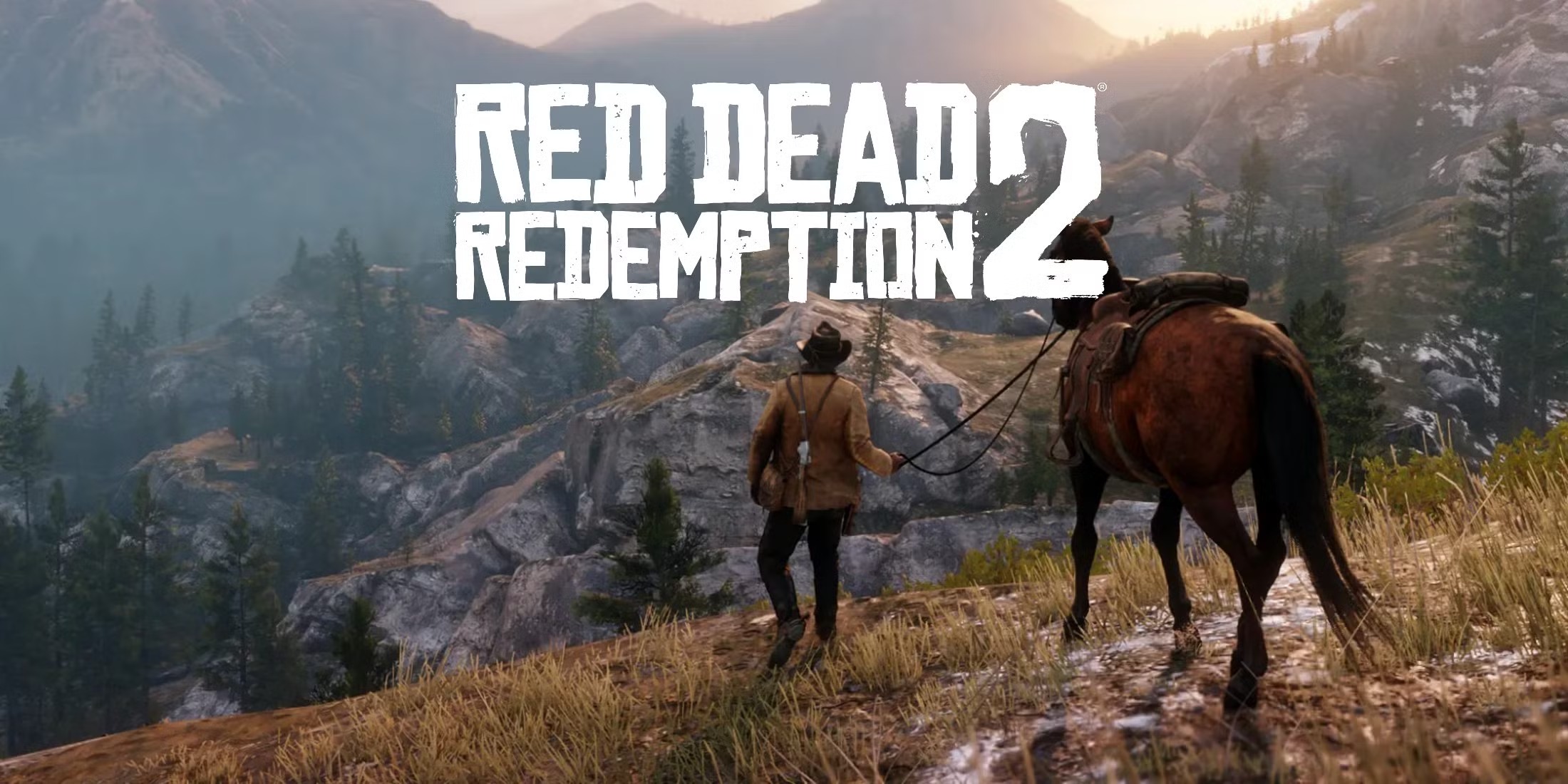Popular Now
Introduction
Grand Theft Auto: Vice City is fondly remembered for its stylish setting, iconic soundtrack, and open-ended gameplay. But beneath the pastel aesthetics and neon lights lies a system that significantly restricts player creativity: the limited weapon slot mechanic.
Unlike modern open-world games that allow expansive arsenals, Vice City restricts the player to a fixed set of weapon categories — one slot per type — which affects how battles play out, how missions are approached, and how players interact with the sandbox world. In this article, we dive into the historical reasoning behind this system, its impact on gameplay, and how it contrasts with player expectations today.
The Design Philosophy Behind Limited Weapon Slots
Vice City follows the same foundational mechanics of GTA III, where the player can only carry one weapon per class:
-
One melee weapon
-
One handgun
-
One shotgun
-
One submachine gun
-
One assault rifle
-
One sniper rifle
-
One heavy weapon (like rocket launcher)
-
One thrown weapon (like grenades)
This restriction was likely a design compromise due to technical limitations of early 2000s hardware and a desire to create balanced gameplay loops. Rockstar intended for players to think tactically: choose the right tools for the right job.
However, while this structure may have made sense in 2002, it clashes with the open-world freedom that Vice City promises elsewhere.
How Weapon Limits Impact Combat Dynamics
In a game that encourages chaos and experimentation, limiting weapon slots forces players to make difficult and often frustrating choices.
For example:
-
A player can’t carry both a powerful shotgun for close quarters and an SMG for mobility.
-
Choosing a flamethrower means giving up explosives or a rocket launcher.
-
The only way to change your loadout mid-mission is by dying or restarting.
This can lead to scenarios where a mission becomes near-impossible due to your current weapon loadout. Rather than strategizing, players are sometimes punished for not knowing what lies ahead.
Strategic Frustration: Trial and Error Gameplay
Because players can only bring one weapon per category, they are often forced to replay missions once they realize their current setup is suboptimal.
This leads to gameplay patterns like:
-
Saving before every mission.
-
Stocking up at Ammu-Nation with a specific mission in mind.
-
Ditching favorite weapons for ones needed in a specific combat scenario.
Instead of feeling like a mob boss with a well-equipped arsenal, you’re constantly juggling limited tools. This encourages trial and error rather than planning or improvisation.

Restricted Expression in Open World Encounters
Vice City's world is full of spontaneous moments: gang wars, street crimes, rampages, and hidden packages. But the limited weapon system often prevents players from engaging freely with this content.
For example:
-
Want to cause mayhem with a minigun but keep a sniper for rooftop control? Not possible.
-
Want to use molotovs while still having a remote bomb for traps? Choose one.
This limitation hurts the game’s sandbox potential. It’s not just about combat — it’s about expression. Players want to create their own moments, and weapon flexibility is key to that.
Weapon Pickup Mechanics: Constant Replacement Hassle
Another issue is how Vice City handles weapon pickups. If you walk over a weapon you already have in that slot — it automatically replaces the existing one.
Problems with this system include:
-
Losing a powerful or rare weapon by accident.
-
Replacing a full-ammo gun with a near-empty one.
-
No ability to “swap back” or undo mistakes.
This creates anxiety around exploration. Instead of enjoying the world, players constantly worry about stepping on the wrong weapon — a small but persistent friction that adds up over hours of gameplay.
Lack of Weapon Wheel or Inventory Interface
Modern games like GTA V and Red Dead Redemption 2 introduced weapon wheels and inventory systems that allow fluid, on-the-fly loadout switching. Vice City lacks any such system.
This leads to issues such as:
-
Constantly cycling through weapons manually.
-
Forgetting what you’re carrying due to no visual overview.
-
No way to manage loadouts between missions or combat scenarios.
Without a dedicated inventory interface, the game forces players to memorize their arsenal and plan loadouts externally, which becomes a chore during longer play sessions.
Pay 'n' Spray Mentality vs. Firepower Planning
In Vice City, escaping police via Pay 'n' Spray shops is a viable strategy. However, because your weapons are so limited, you often have to abandon confrontations rather than fight your way out — especially when you lack the right tools.
This turns Vice City's open-world crime fantasy into something more cautious. Rather than asserting dominance with an arsenal, you're forced into hit-and-run tactics due to weapon limitations. It makes combat feel reactive instead of empowering.
The Cost of Weapon Variety
To its credit, Vice City does offer a wide range of weapons — more than 30, from chainsaws to rocket launchers. But ironically, this variety is undermined by the slot system.
You might enjoy:
-
The flamethrower for crowd control
-
The katana for style
-
The sniper for rooftop takedowns
But you can’t enjoy them together. The richness of Vice City's weapon catalog is bottlenecked by a structure that discourages experimentation.
Contrast with Later GTA Titles and Competitors
Later Rockstar games addressed this flaw. GTA: San Andreas allowed players to dual-wield and carry more weapons. GTA IV and GTA V introduced inventories that let players access multiple weapons per type.
In comparison:
-
Vice City's system feels dated.
-
Player freedom is undercut by design constraints.
-
Competing games like Saints Row or Just Cause allow full weapon loadouts that maximize sandbox fun.
Vice City’s rigid system now stands as a clear artifact of a time when hardware, not creativity, set the limits.
Proposed Improvements for Remakes or Mods
If Vice City were remade, or modded for modern audiences, here's how the weapon system could be overhauled:
1. Full Inventory Access
-
Allow players to carry multiple weapons per category.
-
Use a radial weapon wheel for fast switching.
2. Custom Loadout Presets
-
Let players create favorite weapon sets to use during missions.
3. Ammo Pooling
-
Let similar weapons share ammo pools to reduce clutter.
4. Inventory Management
-
Allow storing weapons in safehouses or vehicles.
5. Smart Pickup Mechanics
-
Ask for confirmation before replacing weapons.
These changes would retain the tactical planning of the original system while empowering players to use the full potential of Vice City’s tools of chaos.
Conclusion
Grand Theft Auto: Vice City gave us a world full of ambition, style, and danger. But its weapon system, built on the limitations of the time, restricts the very freedom the game otherwise promotes.
By limiting players to one weapon per slot, the game creates unnecessary frustration, discourages experimentation, and punishes curiosity. While these mechanics made sense during Vice City’s release era, they now feel out of step with modern expectations of open-world sandbox gameplay.
A reimagining of the weapon system could transform Vice City into an even more explosive, creative, and empowering experience — one where players aren’t forced to choose between a rocket launcher and a chainsaw, but are free to wield both as they carve their path through neon-lit crime.

















